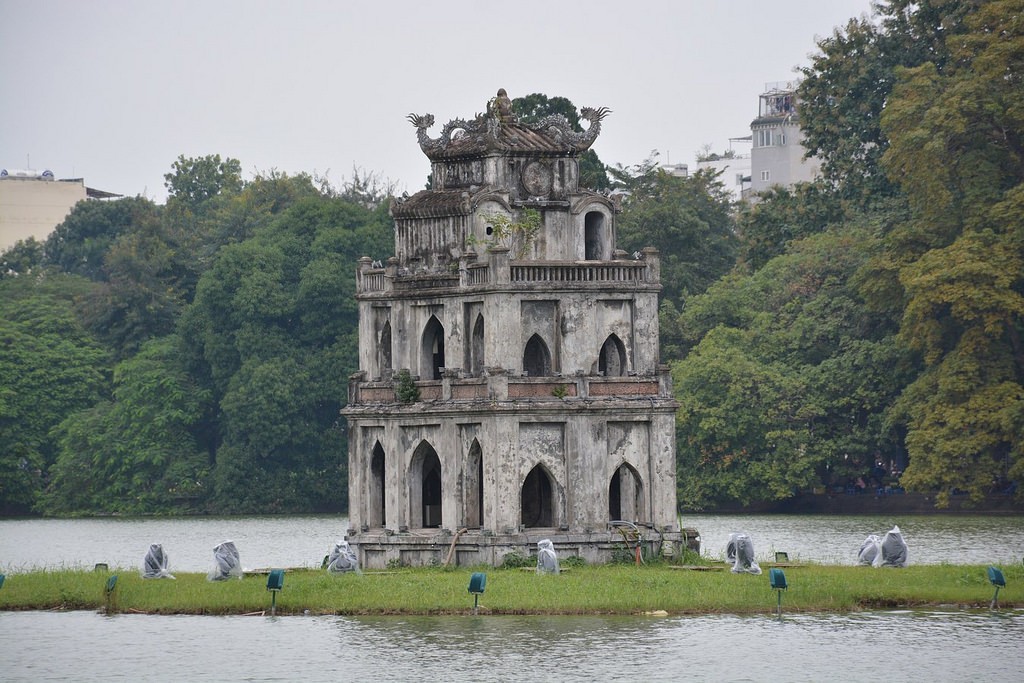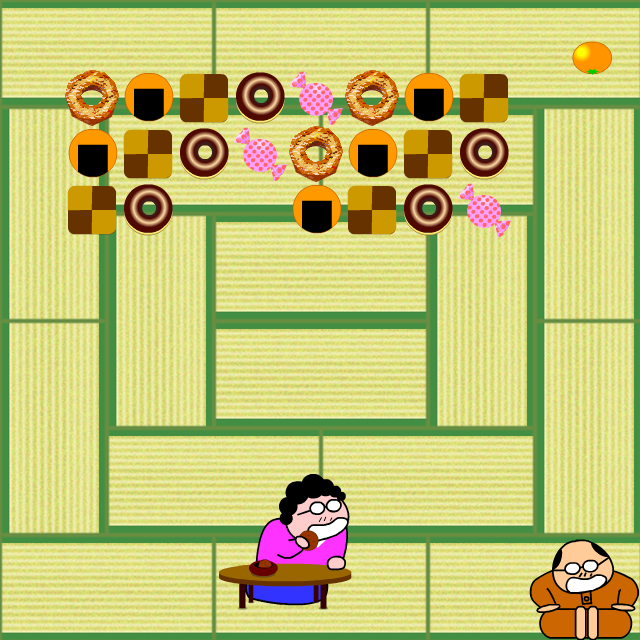
this temple was built as an altar to saint Cao son, who, as legend has it, was the son of the son of Vietnam’ s first couple, Lac Long Quan and Au Co, Cao Son was reportedly one of the 50 siblings who followed their mother to the mountains. The temple that guards Hanoi to the South is Kim Lien temple. Settlements within sight of his red flag all built temples to worship and honor him. To commemorate the prince’s contributions, these dynasties conferred him the title “Superior Genie. Later under the Tran and Le Dynasties, Ling Lang reappeared as a genie to help the King to defend the country against enemies.

King Ly Thanh Tong conferred the title of Grand Prince upon him. Resting his head on a square rook, Prince Ling Lang turned into a dragon and disappeared into West Lake. A short time later, the prince was stricken with a disease. However, Ling Lang refused the King‘s offer. When peace was restored, King Ly Thanh Tong held a feast to reward his troops and expressed his intention of abdicating the throne to the prince. Since then, the temple was known as Voi Phuc. The king agreed and provided him with a red flag, along with a spear, and two elephants.Īfter arranging his troops, the prince stood before the elephants and shouted: ‘’ I am the general from heaven “ the elephants immediately knelt down, then carried him to the battlefield where he and his troops defeated the invaders. Hearing the news, the price asked the king to give him command of the troops. He dispatched his messengers to recruit talented people to fight the invaders to save the country. When the Chinese Sung dynasty sent a strong army to invade Vietnam, the king was very worried. According to a legend, Saint Ling Lang was the fourth price of King Ly Thanh Tong and Lady Hao Nuong, his ninth imperial concubine. This Hanoi temple that defends the west is Voi Phuc (Kneeling Elephants) Temple, built during the reign of King Ly Thanh Tong (1054-1072) to worship Saint Ling Lang. The first among the four Vietnam temples Thang Long Tu Tran, Bach Ma Temple still contains many important relics, such as stone steles recording the temple origins and the resident deity, and royal ordinances on deification rites and the process of restoration dating from the Le to the Nguyen Dynasties. From that time onwards, the temple was known as White Horse. King Ly Thai to elevated Long Do to the position of tutelary deity of Hanoi. This time, the construction was successful. The king ordered the citadel to be built on the path taken by the galloping horse. Suddenly, they saw a white horse racing from the temple. The King sent his staff to Long Di temple to pray to the supernatural powers for help in building his citadel.

But each time he tried to build a citadel on the new site, it collapsed. In 1010 King Ly Thai To decided to move his capital from Hoa Lu to Thang Long. He is said to have built an altar to exorcise the spirit on this site. Legend has it that Cao Bien, a Tang Dynasty official, tried to use his magic power to overcome a deity, but lost. Bach Ma Templewas built in the ninth century to worship Long Do (Dragon’s Belly) – a patron saint of Hanoi. The oldest of the four sacred sites is Bach ma (White Horse) Temple, located at 76 Hang Buom Street, Hanoi.

In addition to the four main temples, there are many smaller temples.īeyond the Hanoi temples, no trip to Hanoi is complete without a visit to the famous Đồng Xuân Market to explore their vast selection of household goods and a wide variety of street food. These four sacred temples worship four gods who control four significant positions and are thought to protect the Thang Long citadel and Hanoi today. The temples in Hanoi are special in that four temples are known as the Thang Long Four Temples were built to protect the city from each direction. Hanoi, the capital of Vietnam, is known for its centuries-old temples and architecture. Below are 11 of the most famous temples in Vietnam. In Vietnamese, Temple is called ” Den” and a Buddhist Temple where they worship Buddha is called “Chua” or pagoda. This includes Buddhist temples, Zen temples, pagodas and more.

There are more than 17,000 religious buildings in Vietnam.


 0 kommentar(er)
0 kommentar(er)
